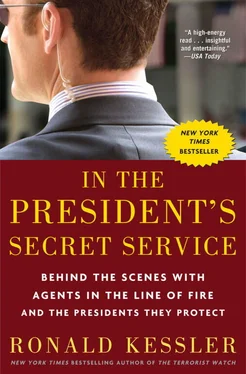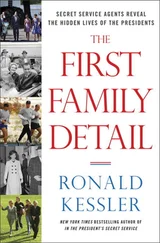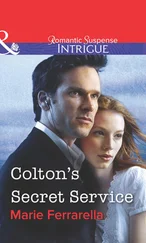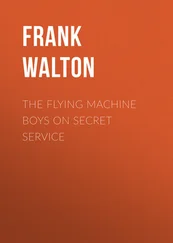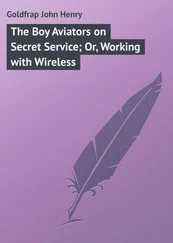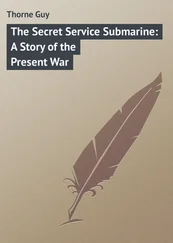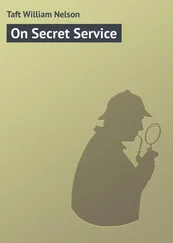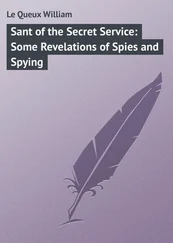Agents need a bachelor’s degree from an accredited college or university or three years of work experience in the criminal investigative or law enforcement fields that require knowledge and application of laws relating to criminal violations. Agents’ uncorrected vision can be no worse than 20/60, correctable to 20/20 in each eye. Besides passing a background examination, potential agents must take drug tests and pass a polygraph before they are hired and given a top secret security clearance.
Each year, the training center graduates seven to eleven classes of twenty-four Secret Service and Uniformed Division recruits. Even though the training center is in Laurel, agents refer to it as Beltsville, which is actually the town next door. Most of the training center’s roads have names appropriate to the task at hand—Firearms Road, Range Road, Action Road, and Perimeter Road. Nothing called Ambush Road, but there is always an ambush in the works.
At what the Secret Service calls Hogan’s Alley—not to be confused with the FBI’s Hogan’s Alley at its Quantico, Virginia, training academy—a body is lying in the middle of the road. Members of the Uniformed Division (UD) sit in a small grandstand watching down the street as four UD officers in BDUs—battle-dress uniforms—clear the buildings and sort out how to take the bad guys down. Except for a real two-story house and soft drink machine, the block-long village is like a Hollywood set, with the façades of a hardware store, hotel, restaurant, bar, and bank, and real cars parked in front. Suddenly the body comes to life, gets up, and walks away, signaling the end of the scenario.
Instructors play the roles of hostage, baddies, and bodies. The retired head of the Prince George’s County SWAT team runs the training here along with other special ops experts. They talk about the big picture, what agents have encountered in assassination attempts, as well as the details, such as how to get small behind a trash can. Most important, when agents hear gunshots, they are trained to respond rather than flinch—to cover a protectee and relocate him. However, at the training center, a sign says this is a simulated attack area and warns, “No live weapons beyond this point.”
Narrating one of the scenarios, Bobbie McDonald, assistant to the special agent in charge of training, explains to me, “What we’re viewing is how they come upon the problem, how they alert about the problem, how they alert their partner, how they react to the situation. Did they take cover? Did they draw their weapon in an appropriate fashion and at an appropriate time? Did they shoot when they should have? Was it what we would call a good shoot, versus a bad shoot?”
In another section of the tactical village, a black van slowly drives past, packed with counterassault team (CAT) members doing in-service training. Wearing black “unis,” rifles at the ready, they watch out the van’s windows, scowling behind their sunglasses.
Down the road, a smoke bomb goes off near a motorcade. The CAT team jumps out to deal with whatever its members find—a motorcade ambush, a suicide bomber, a shooter. Perhaps the explosion is a distraction from the real threat. The team leader sees something in the woods, a sniper hiding behind a tree. Sniper subdued, the instructor says “the problem” has been dealt with. The team hustles back into the van. The motorcade reassembles and drives off to continue around campus, where more scenarios are waiting.
Near another part of the tactical village is a White House gate with a kiosk where the occasional trapped bird can be found fluttering in exhaustion at all the windows. Replicas of the Uniformed Division’s White House kiosks, those familiar white houses with pointed roofs, dot the Secret Service campus.
A scenario staged at one of these guardhouses could be dealing with a “gate caller” about to jump the fence. This part of the tactical town is two blocks long with the same lettered and numbered streets as downtown Washington near the White House. The buildings here are not back-lot façades but heavier duty, including an eight-story repelling tower for countersnipers’ practice shots.
Here, trainees work rope line scenarios where they take turns playing the protectee. When trainees interview a “subject” in the lockup room, the person is usually a contracted role player—an actor or a retired police officer. Agents learn to use pressure points to unlock the grip of an assailant or an overeager fan. Outside there are “instant action drills” where motorcades are ambushed, people fire guns from windows, and things blow up.
Many of the practical exercises begin at the “airport,” where air traffic is always grounded. Permanently stuck on the tarmac is Air Force One-Half, a mock-up of the front half of the presidential plane, including the presidential seal and gangway. Next to it in similar unflyable condition is Marine One-Half, the center’s version of the president’s Marine One helicopter.
At the protective operations driving course, the regular students get about twenty-four hours of training in driving techniques. If they are assigned to drive in a detail, they receive an additional forty hours of training.
The giant parking lot is like a driver obstacle course from TV commercials or reality shows. Here they use Chargers—high-powered, high-energy vehicles—to speed out of the kill zone. As a countermeasure, they learn to do the J-turn, making a perfect one-hundred-eighty-degree turn at high speed by going into reverse, jerking the wheel to right or left, and shifting into drive.
Trainees learn to negotiate serpentine courses, weaving around road objects and crashing through barriers, roadblocks, and other cars. If a protectee’s car is disabled, they learn to push it through turns and obstacles with their own vehicle. When backing up their vehicle, to give them more control, agents are trained not to turn around to look out the rear window but to use their side-view mirrors.
Besides physical training, agents get eight to twelve hours of swimming instruction, including escaping from a submerged helicopter. For this, the training center uses the dunker, which is meant to simulate what would happen if a helicopter went down and an agent—strapped into his seat—was on it.
In fact, that happened back in May 1973, when Agent J. Clifford Dietrich died while on assignment with Nixon. Dietrich drowned when a U.S. Army helicopter crashed into the Atlantic Ocean about two hundred yards from Grand Cay Island in the Bahamas. The helicopter flipped upside down, and Dietrich was unable to extricate himself. The pilot and the other six agents with him survived.
At several indoor and outdoor firing ranges, trainees and Secret Service agents doing periodic requalification shoot handguns, shotguns, and automatic weapons. Out of view, from behind bulletproof glass, a voice issues commands over a PA. “Hot reload all the remaining slug rounds from the stock and one from your pocket…. Shooter will continue one line of rifle slug in four seconds….”
A barrage of bullets flies from six stations. As they are riddled with bullets, the targets spin in place.
“Everything we teach out here, we hope we never have to do,” Bobbie McDonald says.
If it comes down to taking a bullet, “You did something wrong,” says an agent. “And if that happens, I don’t think it’s something you’re going to think about before you do it. It’s just basically you’re going to try to get the man out of the way, and if you take some rounds, so be it. But the whole goal is for both of you to get out of there without a scratch.”
15

Читать дальше
